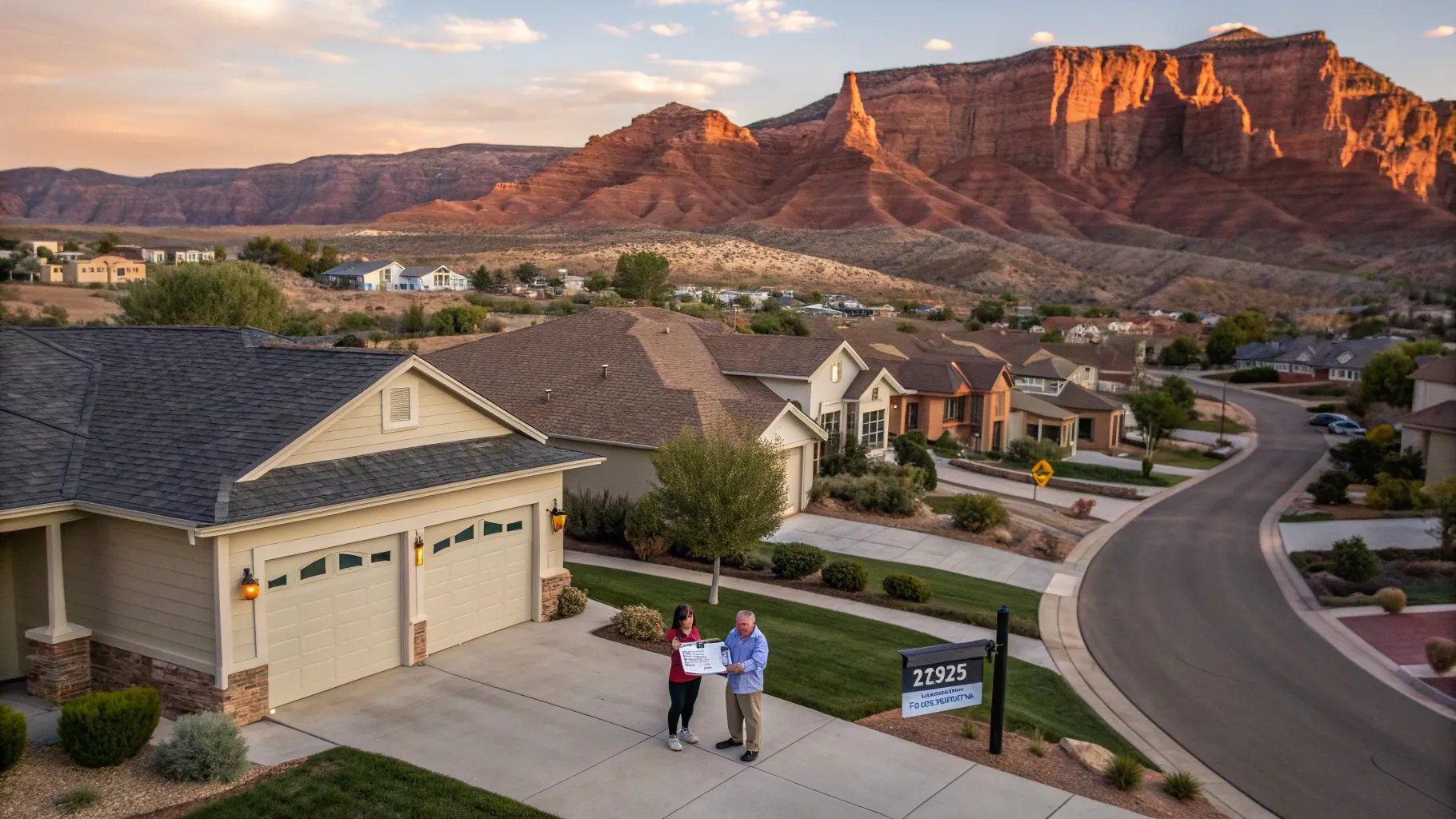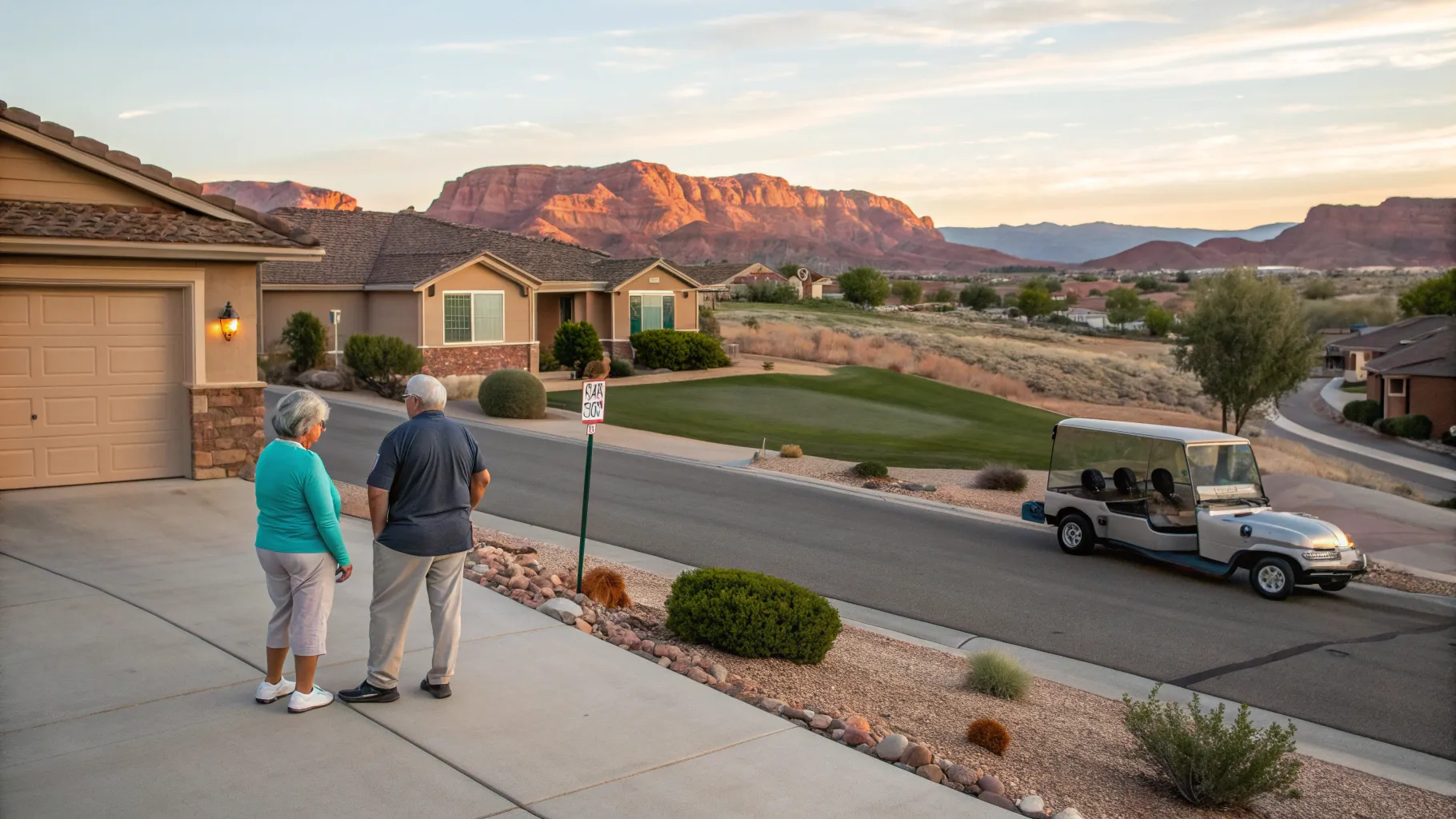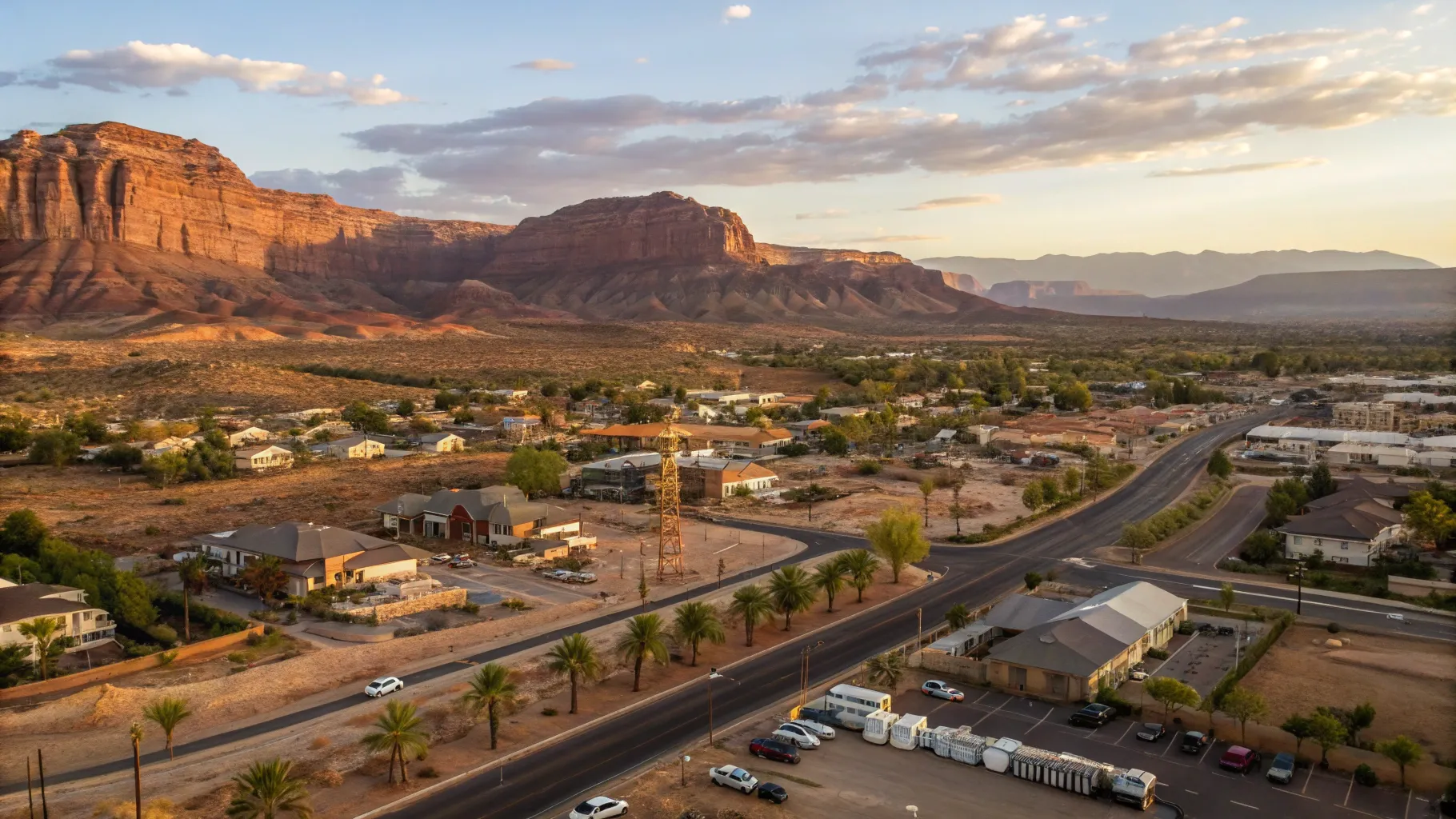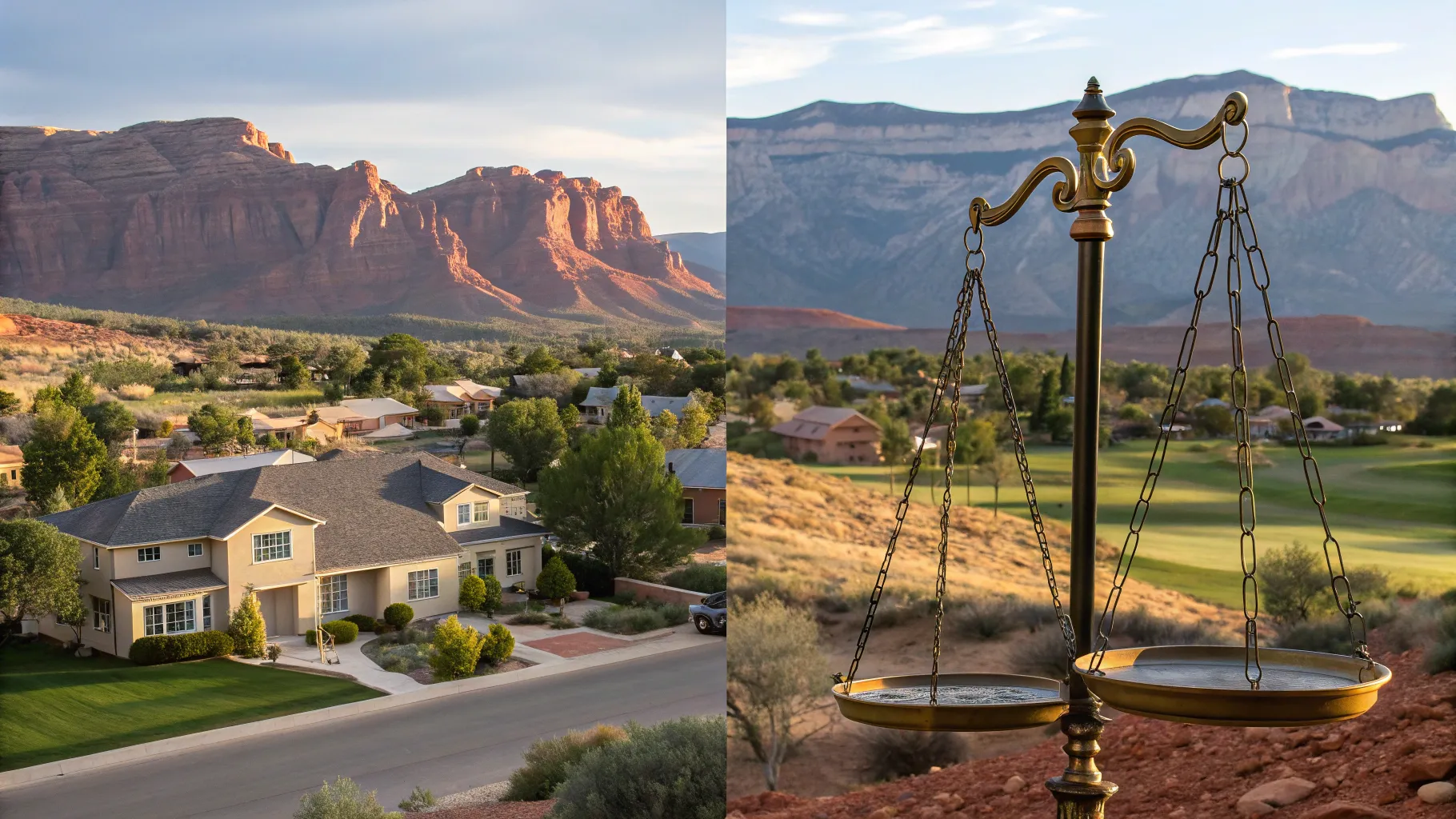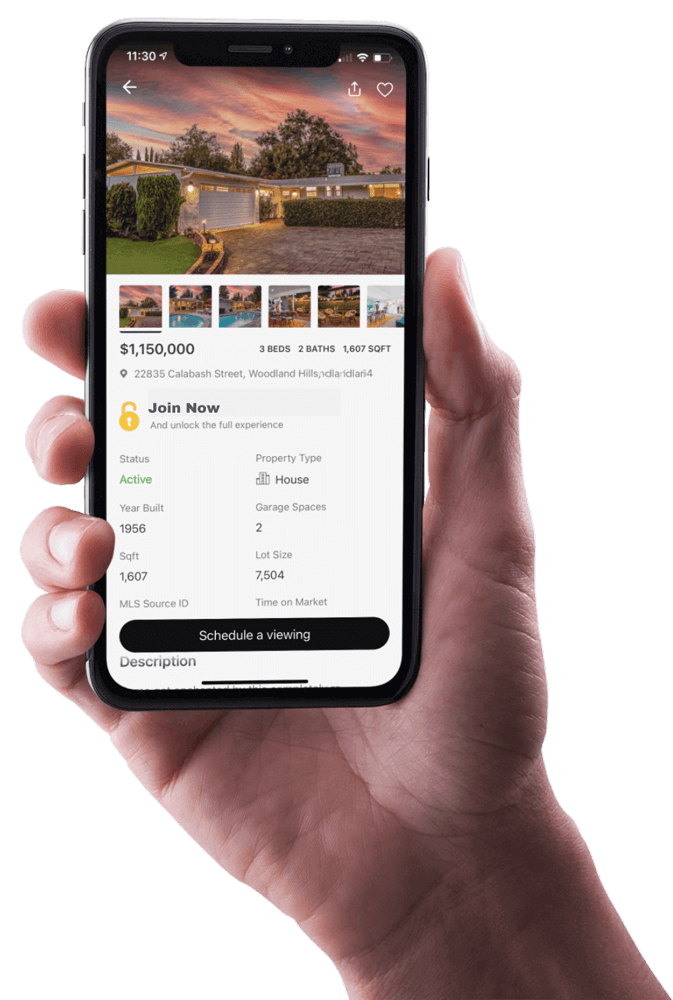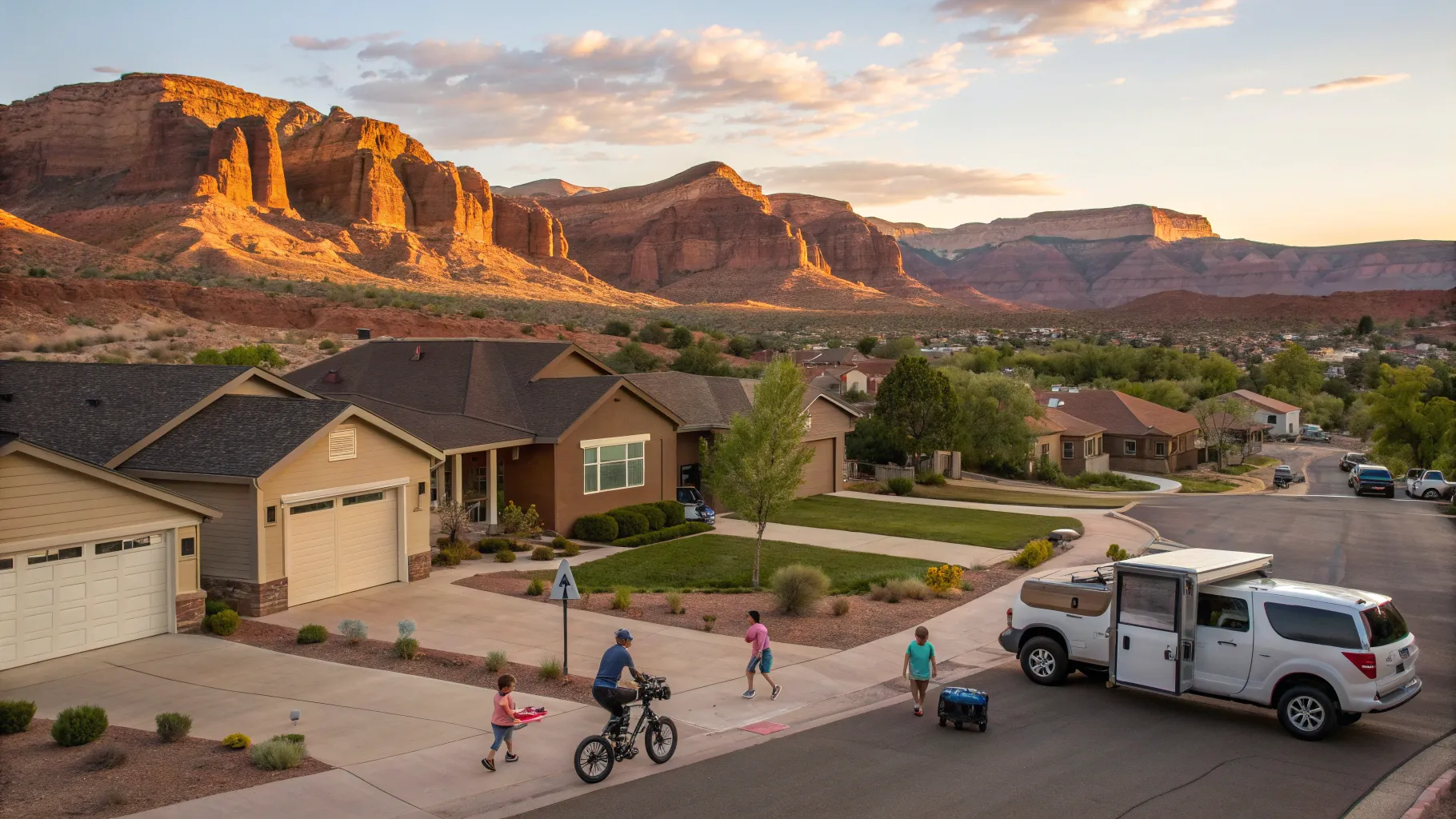
Introduction: Why St George Continues to Attract New Residents
St George, Utah and its surrounding cities have emerged as one of the fastest growing areas in the United States. The region combines dramatic red rock landscapes, a surprisingly mild climate for much of the year, abundant outdoor recreation, and a mid sized city atmosphere with amenities that matter. For many movers, St George represents a rare blend: a destination-quality place that does not demand the steep price premiums commonly found in coastal or island vacation markets. This balance of lifestyle and value makes St George a top relocation choice for families, retirees, professionals, and investors alike.
This comprehensive guide helps prospective residents understand what to expect when moving to St George in 2026. It covers housing market dynamics, neighborhood choices, climate realities, lifestyle considerations, common buyer pitfalls, and practical steps for a smooth relocation. The intent is to present clear insights and actionable advice so that a well informed decision can be made before packing boxes or making purchase offers.
How St George Stacks Up on Cost and Value
One of the strongest selling points of the St George area is value relative to lifestyle. In many high demand vacation or amenity rich destinations such as Hawaii, California, or New York, housing costs can be multiple times the national median. St George offers a different equation: a modest premium relative to national median home prices while delivering many of the same lifestyle attributes that attract visitors and new residents. That premium often lands in the low double digits percentage range rather than multiples. For a buyer who values open landscapes, outdoor activities, and access to national parks, St George delivers a quality of life that feels expensive but is priced comparably to many non destination markets.
Key considerations for cost and value include price per square foot, property attributes, and the presence of newer construction. In recent years much of the new inventory in the St George region has been delivered through planned communities and newer subdivisions. For buyers, that means price comparisons are often most meaningful when aligned by year built and size. Price per square foot for a modern single family home built within the last 15 years will often be a stronger predictor of cost than any neighborhood label. Understanding this helps buyers set realistic expectations and identify where value exists in the market.
Comparing Premiums to Other Destination Markets
Markets with established vacation economies tend to price-in scarcity and lifestyle at a much higher multiple. In contrast, St George usually commands a more moderate premium. That does not mean costs are low across the board. Exceptional lots, properties with sweeping views, and ultra high end custom estates can reach luxury price points. For most buyers targeted at typical single family housing, the cost advantage is a meaningful factor. This relative affordability combined with strong demand is a primary reason for the ongoing population growth in the region.
Ownership Structures and HOA Realities
Homeowners should expect homeowners associations to factor into many purchases. A significant portion of development in St George over the past two decades has been built within HOA governed communities. For buyers who prefer single family living, slightly larger yards, or fewer covenant restrictions, older stock may provide alternatives. However older homes often present trade offs in terms of square footage, systems and finishes.
HOA dues in many St George communities are generally modest compared to some metropolitan markets. Typical homeowner monthly dues for single family detached homes often center near a hundred dollars, although communities with resort style amenities or expansive common areas will command higher fees. HOAs can include maintenance for front landscaping, community pools, walking paths, and other shared infrastructure. For many buyers the predictability of HOA maintained landscaping and amenities offsets the additional monthly obligation, but it is important to review governing documents to understand restrictions, special assessments, and rules that could impact rental permissibility or exterior modifications.
Neighborhoods and Commute Times: The 15 Minute Advantage
One of the little known conveniences of living in and around St George is compactness. For many residents who live in the city core and nearby neighborhoods, most daily destinations fall within roughly a 15 minute drive. Groceries, dining, healthcare, colleges, and many parks are clustered in ways that reduce commute burden. This translates into lifestyle changes that are subtle but meaningful: fewer long commute hours, more time for outdoor pursuits, and a sense of accessibility that complements the outdoor oriented culture.
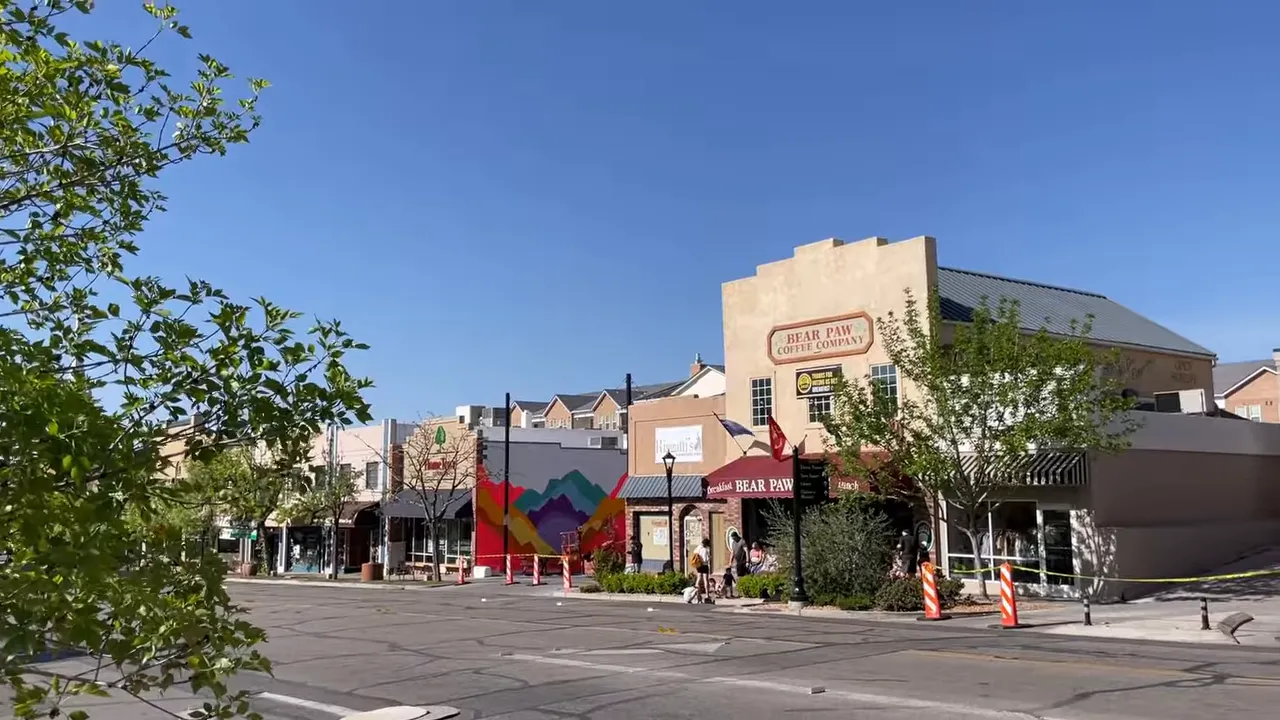
Not all surrounding towns fall within that 15 minute window. Places such as Hurricane and other outlying communities offer a different rhythm with a stronger small town character and, in some cases, specialized community themes like golf course neighborhoods, lakeside living, or airport adjacent subdivisions. For these locations a 30 minute commute to central St George is common. That trade off often appeals to buyers seeking more seclusion, larger lots, or a niche community vibe while retaining reasonable access to St George amenities.
Climate and Seasonal Patterns: What to Expect
Weather is a top motivator for many newcomers. St George enjoys long stretches of blue skies and mild weather for much of the year. Many describe the region as having favorable conditions at least nine months out of the year, with great spring and fall seasons and moderate winters for a mountain and desert interface.
Summer heat is the clear seasonal caveat. Summers can be very hot with daytime highs that reach triple digits during peak months. The heat is predominantly a dry heat which makes it more manageable than humid conditions in other states, but precautions and lifestyle adjustments are still required. Outdoor activities are typically scheduled for early mornings and evenings during the hottest months to avoid the midday extremes. Because the region sits in a valley microclimate, it is possible to escape the heat quickly. Higher elevations are less than an hour away in many directions offering alpine conditions, cooler temperatures, and dramatically different terrain.
Water Features and Desert Misconceptions
Despite being in a desert region, St George benefits from water resources used for both irrigation and recreation. The Virgin River and the Santa Clara River are local waterways that support green corridors and parks. Nearby reservoirs and lakes also provide water based recreation options. Those river systems and water amenities are part of why the area is not an endless sandscape but an active landscape with riparian zones, agriculture, and green residential landscaping in many communities. Water management and conservation remain central to planning and development as growth continues, so prospective buyers should be mindful of irrigation rules, turf allowances, and landscape regulations in their selected neighborhood or HOA.
Outdoor Lifestyle: The Primary Attraction
Outdoor recreation is the single most distinctive aspect of St George living. The area serves as a basecamp for an extraordinary variety of activities. Hiking, trail running, mountain biking, road cycling, golf, pickleball, river tubing, and rock climbing are common weekend and weekday pursuits. The region regularly hosts athletic events including triathlons, senior games, and organized rides that draw participants from across the western states.
Golf is a particularly visible asset. With two dozen or more courses within a relatively short drive, golfers can access a range of public and private options, from desert style layouts to greener tree lined fairways at higher elevations. Pickleball courts have proliferated and figure prominently in community recreation calendars. Trail systems at all levels of difficulty create immediate access to desert slickrock, canyon corridors, and higher elevation forests just a short drive away.

Zion and Regional National Parks
Zion National Park sits within a comfortable drive of the St George region and is a major magnet for both residents and visitors. Access to Zion and other national parks such as Bryce Canyon provides a wide range of day trip and weekend opportunities. The presence of these parks supports an outdoor oriented economy including guiding companies, outdoor gear suppliers, and hospitality businesses that cater to the outdoor recreation market.
Explore Utah Real Estate
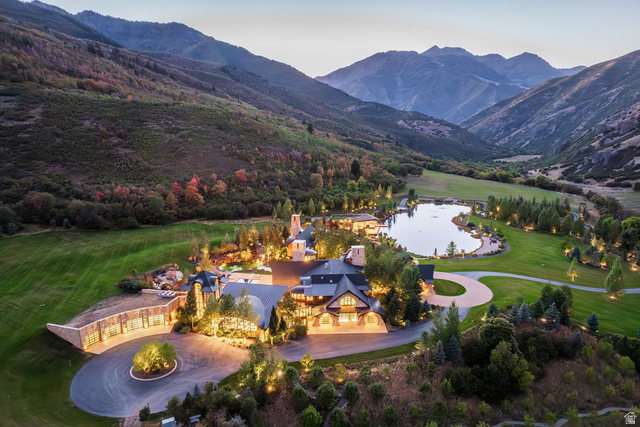
5618 E SOUTH FORK RD, Provo, UT
$43,000,000
Bedrooms: 6 Bathrooms: 10 Square feet: 22,958 sqft
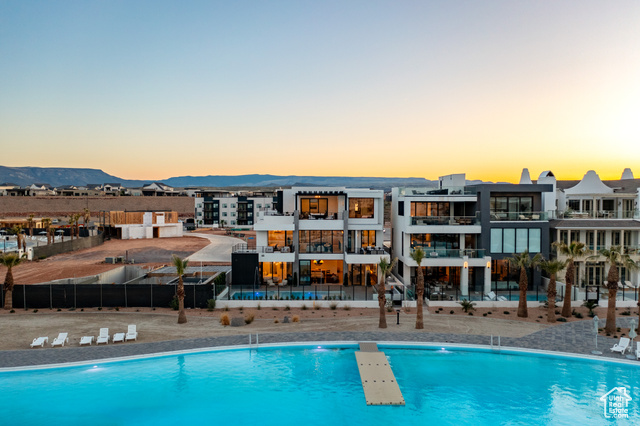
864 W SAPPHIRE SKY LN #546, St George, UT
$4,300,000
Bedrooms: 7 Bathrooms: 9 Square feet: 5,136 sqft
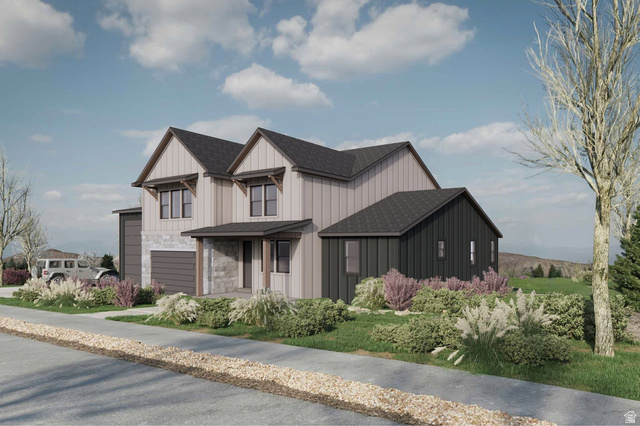
850 LAZY WAY #8, Francis, UT
$1,300,000
Bedrooms: 4 Bathrooms: 4 Square feet: 2,755 sqft
Proximity to Las Vegas and Regional Travel
St George is roughly an hour and forty five minutes northeast of Las Vegas by highway. For residents this proximity fills lifestyle gaps that sometimes appear in smaller cities. Las Vegas provides access to major league sports, high end dining, expansive shopping, and international flight connections. For many St George residents Las Vegas serves as an occasional urban escape, a weekend entertainment option, or a resource for specialized services not present locally. The ability to enjoy the amenities of a large metropolitan center without daily exposure to its density represents one reason the area appeals to people seeking a hybrid lifestyle.
Practical Real Estate Tips for Buyers in 2026
Homebuyers should approach the St George market with a plan that reflects local conditions and the area's development trends. The following practical tips are drawn from observed patterns and market behaviors in the region. These recommendations are intended to help prospective buyers evaluate value, protect their interests, and identify properties that fit both lifestyle needs and long term resale logic.
1. Expect Less Discount for Cosmetic Condition
In many markets, older or cosmetically dated homes sell at a discount compared to recently updated properties. In the St George region that conventional dynamic is less pronounced. Homes that require updating frequently trade at prices that leave little margin for dramatic renovation upside. The market tends to price the home close to its improved value, which means the buyer who purchases a dated home should plan to invest in updates with the expectation that the cost of improvements will closely align with market valuation post renovation. This does not eliminate the buyer advantage of tailoring a home to personal taste or gaining a large yard. Rather it reframes the investment case: buy dated when the yard, lot, or non HOA status is the priority; avoid expecting large immediate equity gains purely from cosmetic rehab unless purchase price reflects a substantial discount.
2. Redefining What “Old” Means
Because of significant recent development, housing stock built before the year 2000 is often considered older in the St George market. A house from the 1990s may be seen as old relative to the many homes built since 2000. For buyers from older coastal markets where homes often date to the mid 20th century or earlier, this framing can be surprising. The practical upshot is that many of the region’s systems, finishes, and community designs reflect post 2000 standards. Buyers seeking historic character or very mature landscaping will find it in select neighborhoods but should adjust expectations for the broader market.
3. Location Premiums Are Different Here
The traditional real estate maxim location location location holds less strictly in many parts of St George. Buyers commonly observe that price is substantially driven by price per square foot, age, and specific home attributes rather than strict block by block location. That said premium still attaches to properties with exceptional views and to a few high amenity enclaves. Where a view exists, expect a clear premium. For most neighborhoods the practical lesson is that buyers can identify value by focusing on condition, size, and amenity mix, with less emphasis on micro location differences that dominate some large urban markets.
4. Review HOA Documents Carefully
Because many properties fall within HOA governance, reading covenant documents is essential. HOA documents reveal restrictions on exterior changes, paint colors, landscaping types, and permitted uses, including the ability to operate a nightly rental. Buyers should examine reserve studies, pending assessments, and enforcement histories. HOA financial strength and governance style affect long term costs and the likelihood of unwelcome surprises. For buyers focused on minimal restrictions, older homes outside HOAs may offer a path forward if those properties meet other preferences.
5. Nightly Rentals Are Zoned
Nightly rentals and short term rental activities are regulated by zoning. Not all neighborhoods allow nightly rentals and those that do are typically designated by local zoning maps. Attempting to operate a nightly rental in an area that prohibits the activity can lead to fines and forced cessation. For buyers interested in short term rental income, locating zones designated for nightly rentals and confirming HOA approval where applicable is critical. Fortunately, many nightly rental zones are distributed throughout the region, but legality must be verified before purchase.
Features That Matter: Three Car Garages, Pools, and Walkout Basements
Certain property features carry sustained premium in the St George market because they align tightly with local lifestyle needs. The following features deserve special consideration.
Three Car Garage
A three car garage resonates with buyers for both lifestyle and resale reasons. It provides space for recreational vehicles, side by sides, off road toys, and tool storage without compromising living spaces. For many households that engage in off road and outdoor recreation, one bay is frequently reserved for gear while other garages are dedicated to vehicles. The scarcity of three car garages relative to demand creates constant interest for homes offering this amenity.
Private Pool
Given long hot summers, private pools are highly desirable for comfort and lifestyle. While community pools can be sufficient for some, private pools increase usable outdoor living space during summer months, provide cooling refuge, and often influence lifestyle choices like entertaining and family activity scheduling. For buyers moving from less hot climates, a private pool can transform summer living. Pools also influence long term maintenance and insurance considerations, so buyers should evaluate lifecycle costs alongside lifestyle benefits.
Walkout Basements and Thermal Efficiency
Walkout basements are more common in hilly or sloped parts of the region and are prized for their natural thermal efficiency. In hot months basements often remain naturally cooler, reducing the need for continuous air conditioning. Walkout basements can function as fully integrated living areas rather than dark storage spaces. When finished with standard ceiling heights and full drywall, these lower levels feel intentional and add meaningful square footage. Buyers should confirm ceiling heights and finish levels because not all basements are created equal; some lower levels use shorter ceilings and feel less open.
Investing in St George Real Estate: Market Dynamics to Watch
For investors, St George offers multiple angles. Population growth and a strong outdoor tourism economy create ongoing demand for rental housing, second homes, and lifestyle oriented housing. However, success depends on aligning investment strategy with regulation and neighborhood dynamics.
Short term rental investors must confirm zones and HOA permissions. Long term rental investors should evaluate employment concentrations, university enrollment trends, and medical sector growth for stable tenant demand. Land banking is another strategy where investors acquire parcels in developing areas anticipating later appreciation as infrastructure arrives. As with any investment, due diligence on water rights, subdivision entitlements, and development timelines is necessary. The presence of a regional university and a highly ranked hospital supports both rental demand and local economic resilience.
Step by Step Relocation Checklist for Prospective Residents
Moving to a new region involves many steps. The following checklist organizes the essential tasks and clarifies how to prioritize them for a smooth transition to St George.
More Properties You Might Like
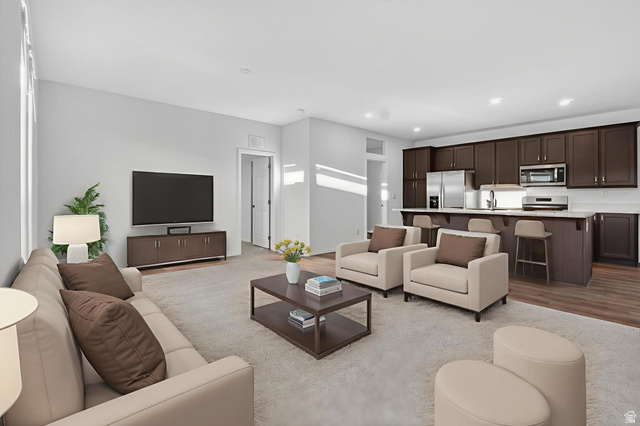
1700 W 2700 N #36, Pleasant View, UT
$230,000
Bedrooms: 4 Bathrooms: 2 Square feet: 2,100 sqft
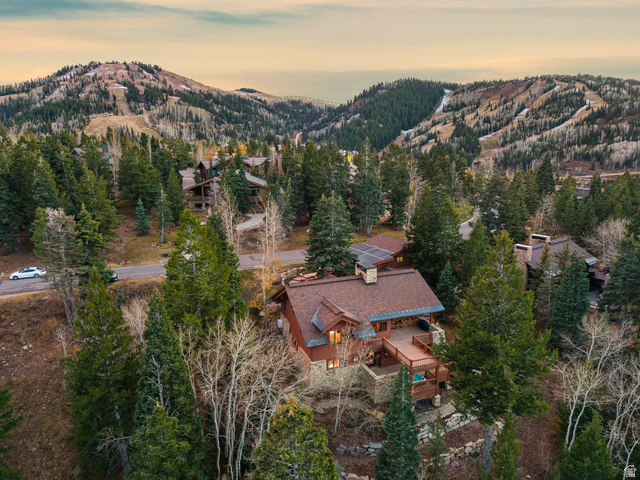
7665 STERLING DR, Park City, UT
$6,100,000
Bedrooms: 5 Bathrooms: 6 Square feet: 4,975 sqft

La Casa Cir, St George, UT
$575,500
Square feet: 14,391 sqft
- Research neighborhoods and lifestyle fit. Identify whether the priority is short drives to city amenities or a small town feel in surrounding communities such as Hurricane, Ivins, Santa Clara, or Kayenta. Evaluate schools, parks, and walkability where relevant.
- Set a realistic budget. Use price per square foot comparisons by year built and target size to estimate total purchase cost. Include closing costs, potential HOA transfer fees, and budget for landscaping or pool maintenance when applicable.
- Plan a reconnaissance visit. Schedule a trip to tour neighborhoods during different times of day and during different weather conditions to verify commute times and daily rhythm. Visit parks, grocery stores, and local clinics to assess convenience and compatibility.
- Confirm zoning and HOA rules for intended use. If short term rentals or significant exterior modifications are planned, confirm zoning permissions and HOA covenants before making an offer.
- Get preapproved and identify lenders familiar with local requirements. Local lenders provide an advantage for timing and knowledge about region specific appraisal expectations.
- Perform thorough inspections. Pay special attention to HVAC capacity and age given climate extremes, roof condition, irrigation systems, and pool equipment. Verify that basements are finished to the level described and that there is no moisture intrusion.
- Plan for conservation and water rules. Understand local landscape ordinances, permitted turf areas, and irrigation limitations in planning outdoor upgrades.
- Coordinate moving logistics. Timing moves for shoulder seasons or cooler months can reduce both cost and discomfort. Arrange temporary accommodations if needed and schedule utility transfers ahead of time.
- Welcome and integration planning. Explore community recreation calendars, volunteer groups, and activity clubs to accelerate social integration and discover local favorites for food and services.
Preparing a Property Offer and Negotiation Strategy
Offers in the St George market should be calibrated to local pricing realities. Sellers will often price homes in line with recent comparable sales by square footage and year built. Buyers should expect competitive activity for well priced, well located, and well presented properties. In tight inventory cycles, escalation clauses and pre inspection contingencies can become negotiation tools, but each buyer must balance risk and comfort with contingency removal.
For homes that require updating the market often does not offer substantial discounts over updated homes. Therefore a negotiation strategy that factors improvement cost into offers rather than expecting a deep discount is more realistic. Conversely, for buyers targeting distinctive lot characteristics such as significant yard space, privacy, or out of HOA ownership, a patient search may yield a property that meets those goals without severe competition.
Cost of Living and Practical Considerations
Cost of living in St George tends to be lower than many major metropolitan areas, particularly coastal cities, yet higher than some rural counties. Energy use patterns differ by season because of air conditioning in summer and heating in winter. Insurance premiums should be compared across carriers because climate and topography vary across short distances and impact wildfire risk, flood exposure, and other coverage needs. Property taxes in Utah are generally reasonable compared to many states, but rates and assessments vary by county and by property type.
Health care access is strong for a mid sized city. A regional hospital and various specialty clinics support an aging population and families alike. Educational choices include public school districts in the county, charter alternatives, and a local university that contributes to the area’s education ecosystem. For families, parks and recreation programming create abundant options for youth sports and outdoor engagement.
Moving Timeline and Seasonal Tips
Choosing the right moving window can improve comfort and reduce costs. Spring and fall provide the most comfortable weather for relocating and settling into a new property. Summer moves are workable but require planning around heat, including scheduling movers for early morning or evening. Winter moves are less common but are often the most budget friendly if timing and road conditions allow.
For those relocating from humid climates, an adjustment period related to hydration, sun exposure, and skin care is common. Residents should adopt sun protection habits, wear appropriate clothing for trail activities, and learn regional weather patterns to time outdoor activities appropriately.
Resources and Further Reading
Prospective residents should consult official resources for planning and regulatory information. State and federal resources offer useful background on water, zoning, and park access. Local government sites and county planning departments provide current zoning maps and ordinance language that controls nightly rental areas and land use. For information about national parks accessible from the region, consult federal park resources for trail closures, permits, and seasonal guidance. For property searches and statewide real estate listings, a variety of local and statewide portals provide regularly updated inventories.
For consolidation of statewide property listings and tools, one resource to consider is the statewide portal referenced as bestutahrealestate.com which contains search functionality and trending market listings for Utah. Official state sites and national park pages provide regulatory and recreational detail important for planning.
Common Mistakes to Avoid
- Underestimating cooling needs and HVAC capacity for hot summer months.
- Assuming every older home will sell at a significant discount. Many older houses price close to updated peers.
- Skipping HOA covenant review and later encountering prohibited exterior changes or rental restrictions.
- Neglecting water use and landscaping rules when budgeting for outdoor improvements.
- Not validating nightly rental zoning before acquiring a property for Airbnb or similar uses.
Neighborhood Snapshots
The greater St George region includes several distinct communities that cater to different preferences. Brief summaries follow to help align neighborhood selection with lifestyle goals.
St George Core
The core city environment balances retail, healthcare, educational institutions, and parks. It offers a mid sized city feel where essential services and entertainment options are accessible within a relatively short commute. Newer residential subdivisions sit alongside older established neighborhoods, providing choices across price bands.
Hurricane
Hurricane has evolved from a lower cost outpost to a community with its own distinct appeal. Its price profile has risen as development filled in community amenities. Hurricane is attractive to buyers seeking small town charm, niche community concepts such as lakeside neighborhoods or golf course subdivisions, and a slightly different lifestyle rhythm. For buyers prioritizing unique community angles, Hurricane and nearby towns offer options that differ from central St George.
Ivins and Santa Clara
Ivins and Santa Clara provide proximity to St George while offering quieter neighborhoods and a sense of smaller community scale. These areas attract residents who want immediate access to trails and parks while maintaining a short commute into the city for work or services.
Kayenta and Resort Style Areas
Planned communities and resort oriented neighborhoods provide lifestyle amenities such as golf, community gathering spaces, and architectural guidelines. Buyers interested in an amenitized community experience should investigate these developments while balancing HOA obligations against access to facilities and events.
Closing Perspective and Next Steps
St George, Utah presents a compelling relocation option for people seeking active outdoor lifestyles combined with a strong sense of community and a more moderate cost structure than many destination markets. The ongoing growth of the area reflects its magnetic appeal, which includes blue skies for much of the year, access to national parks, a compact urban core for convenient daily living, and a diversity of neighborhood types from resort style communities to small town enclaves.
Prospective residents should prioritize clear research and due diligence: examine HOA covenants, verify zoning for intended rental uses, map commute times during different parts of the day, and budget for seasonal energy and outdoor maintenance needs. Homes that require updating rarely produce large acquisition discounts in this market, so plan renovations as lifestyle investments rather than guaranteed arbitrage. Consider community amenities, garage space, yard needs, and pool ownership when evaluating both comfort and resale prospects.
For those seeking to explore inventory and listings across Utah, the statewide portal bestutahrealestate.com offers property search tools and trending market information. Official state and federal resources are recommended for regulatory and recreational planning including state government pages and national park service resources when planning visits to Zion and other protected lands.
With proper preparation and local knowledge, moving to St George can be a rewarding transition into a region that balances outdoor adventure with everyday convenience. The region’s continued popularity underscores its ability to deliver a high quality of life without the extreme price premiums common in more saturated destination markets.
Frequently Asked Questions
Is St George expensive compared to the rest of the United States?
St George tends to be somewhat more expensive than the national median but far less costly than many coastal vacation markets. The premium is often in the range of low double digits rather than multiple times the national median. Exceptional properties and lots with views may reach higher price brackets, but typical single family housing often remains more affordable than comparable lifestyle markets.
Are most homes in St George part of HOAs?
Many homes built within the last 20 years are located within HOAs. HOA dues vary by community and often include amenities and front yard maintenance. Buyers should review HOA documents to understand fees, rules, and special assessments. For those wanting fewer restrictions, older homes outside of HOAs may be available but can be harder to find.
How hot do summers get and how do residents cope?
Summers can reach triple digit daytime highs. The dry heat is more manageable than humid climates but still requires planning. Residents schedule outdoor activities in early morning and late evening, use private or community pools, and rely on effective HVAC systems. Proximity to higher elevation areas within 45 minutes offers an easy escape from peak heat.
Is location as important in St George as in other markets?
Location remains relevant for properties with special attributes such as views or prime community placement. However, across much of the market price per square foot, property age, and specific home features often drive pricing more than micro location differences. This creates opportunities for buyers who prioritize home attributes over block level prestige.
Can nightly rentals be operated anywhere in St George?
Nightly rentals are limited to designated zones and must comply with local zoning and HOA rules where applicable. Operating short term rentals outside permitted zones can lead to fines and enforcement. Prospective investors should verify zoning designations and HOA restrictions before purchasing a property intended for nightly rental use.
What home features are most valuable in resale?
Three car garages, private pools, and finished walkout basements frequently add value and attract buyers in the region. A three car garage supports recreation and storage needs. A private pool addresses comfort during hot months. Walkout basements provide additional usable living space and thermal benefits. Each feature should be evaluated in the context of maintenance costs and lifestyle priorities.










